Borders define the limits of a country’s territory, but some borders around the world are far from ordinary.
These interesting borders tell unique stories of history, culture, and geography, often blurring the lines in fascinating ways.
Here are some of the most intriguing country borders from across the globe.
See Also: THE WORLD’S WORST CITIES TO VISITThe Diomede Islands – Russia and the United States
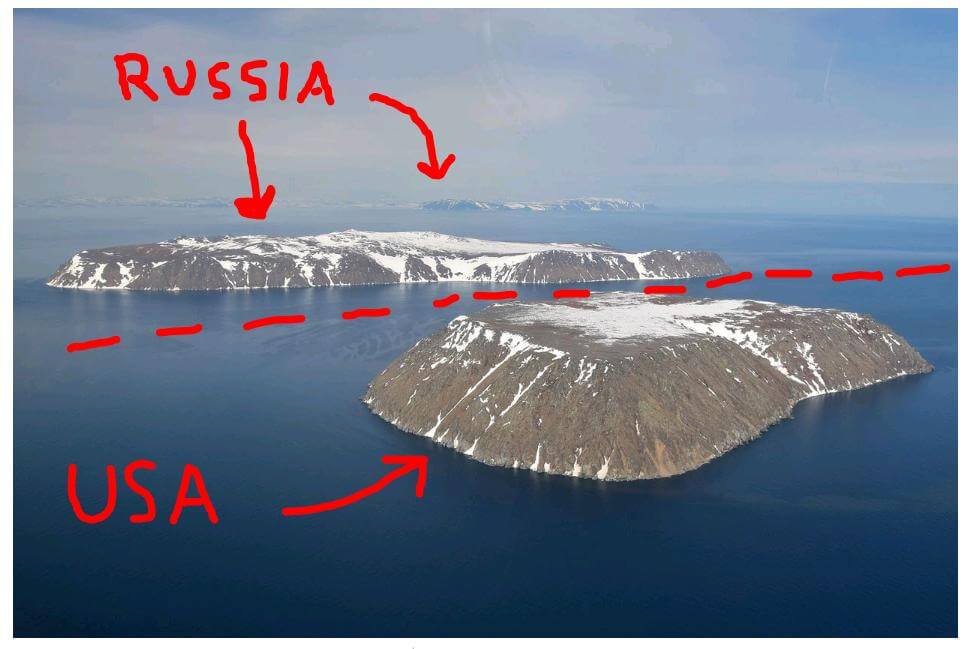
The Diomede Islands consist of two islands in the Bering Strait: Big Diomede, which belongs to Russia, and Little Diomede, which belongs to the United States.
Despite being only 4 kilometres (2.5 miles) apart, these islands are separated by the International Date Line, meaning Big Diomede is almost a day ahead of Little Diomede.
This small distance creates a significant time difference, making it possible to look “into the future” from one island to the other.
Baarle-Hertog and Baarle-Nassau – Belgium and the Netherlands
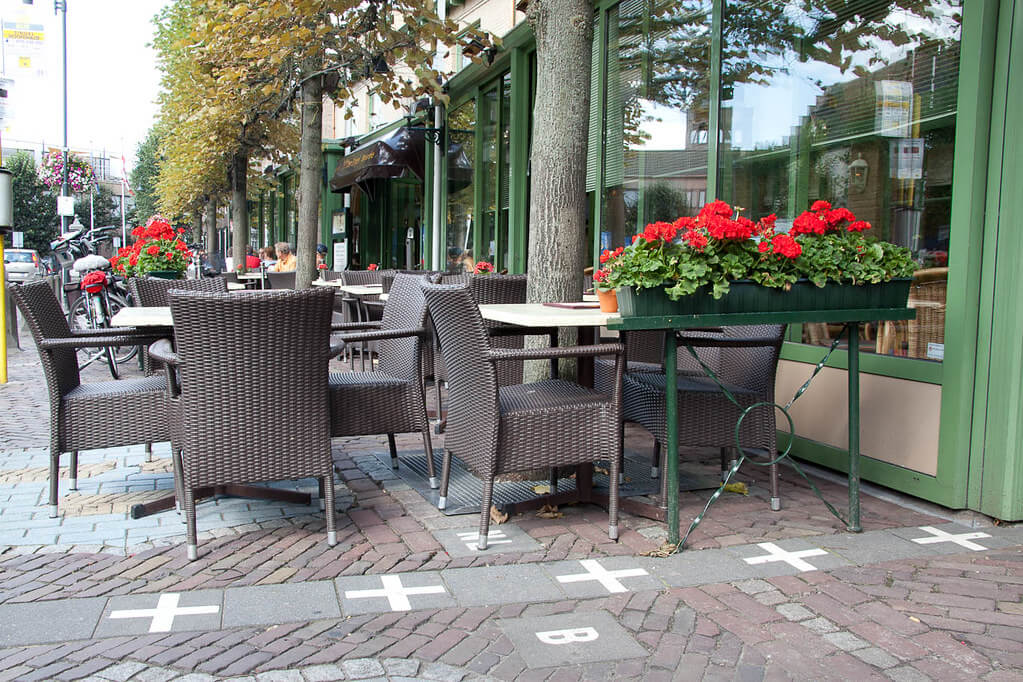
Baarle-Hertog and Baarle-Nassau form one of the most complex border regions in the world.
Located in Europe, this area is a patchwork of Belgian and Dutch enclaves and exclaves, where parcels of land belonging to one country are completely surrounded by the other.
The borders run through houses, shops, and streets, leading to some buildings being divided between two countries. Residents often have different nationalities depending on which part of their house they live in.
Mount Everest – Nepal and China
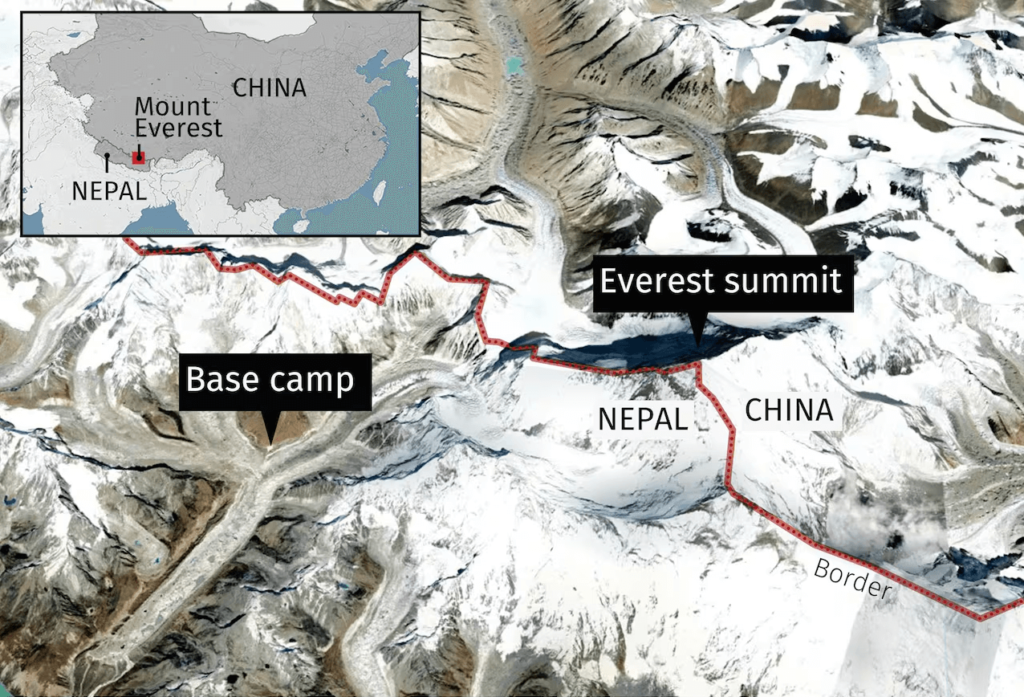
Mount Everest, the world’s highest peak, straddles the border between Nepal and China (Tibet).
This iconic mountain is a significant landmark that has been a point of interest and contention for both countries.
The border runs along the summit, with climbers from the south ascending via Nepal and those from the north climbing through Tibet.
The mountain’s unique position means that both nations share the glory of hosting the tallest point on Earth.
The Four Corners – United States
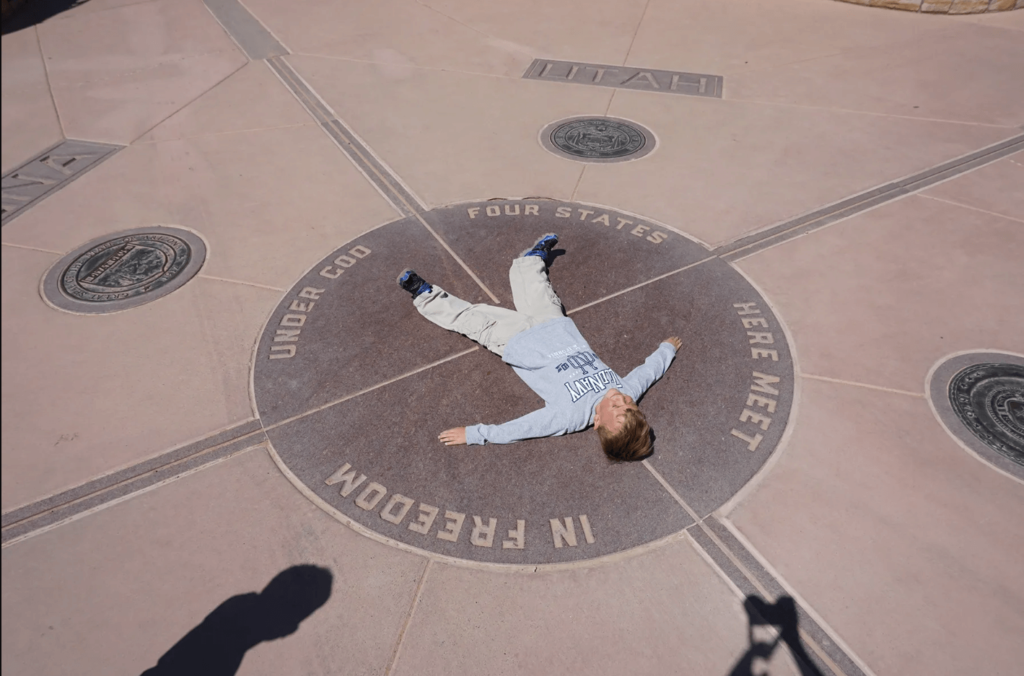
The Four Corners is the only point in the United States where four states meet: Arizona, Colorado, New Mexico, and Utah.
This unique quadripoint allows visitors to stand in four states simultaneously.
The exact point is marked by a monument, and it has become a popular tourist attraction.
The borders are straight lines, making this intersection a geometric curiosity.
The Tri-Border Area – Brazil, Argentina, and Paraguay
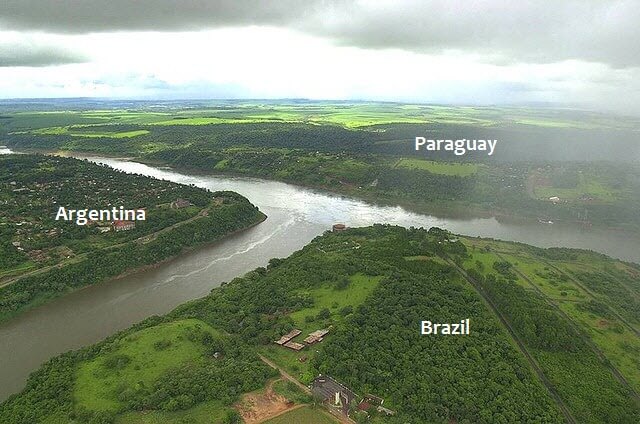
The Tri-Border Area is where the borders of Brazil, Argentina, and Paraguay converge at the junction of the Iguazu and Parana rivers.
This region is known for the famous Iguazu Falls, one of the most stunning waterfalls in the world.
The area is a significant cultural and economic hub, with each country having its own city near the borders: Foz do Iguaçu in Brazil, Puerto Iguazú in Argentina, and Ciudad del Este in Paraguay.
The Bridge of No Return – North Korea and South Korea
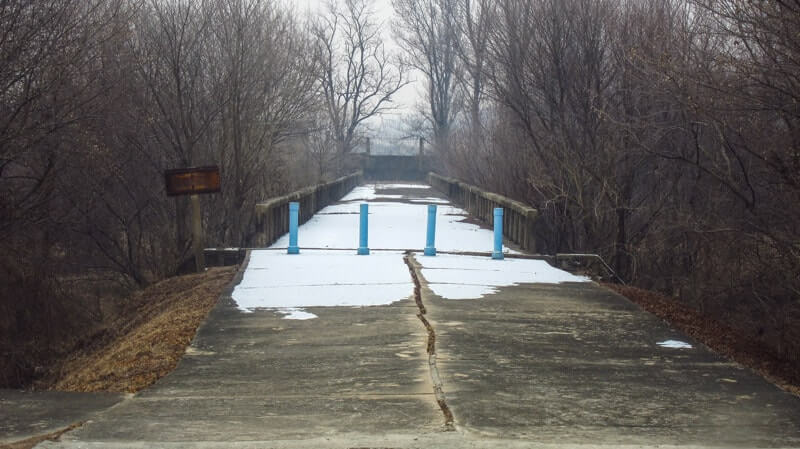
The Bridge of No Return is a poignant reminder of the Korean War and the subsequent division of Korea into North and South.
Located in the Demilitarized Zone (DMZ), the bridge was used for prisoner exchanges at the end of the war. Once a person crossed the bridge, they could never return.
Today, it stands as a symbol of the enduring tension and the hope for reunification between the two Koreas.
The Panhandle – Namibia and Botswana
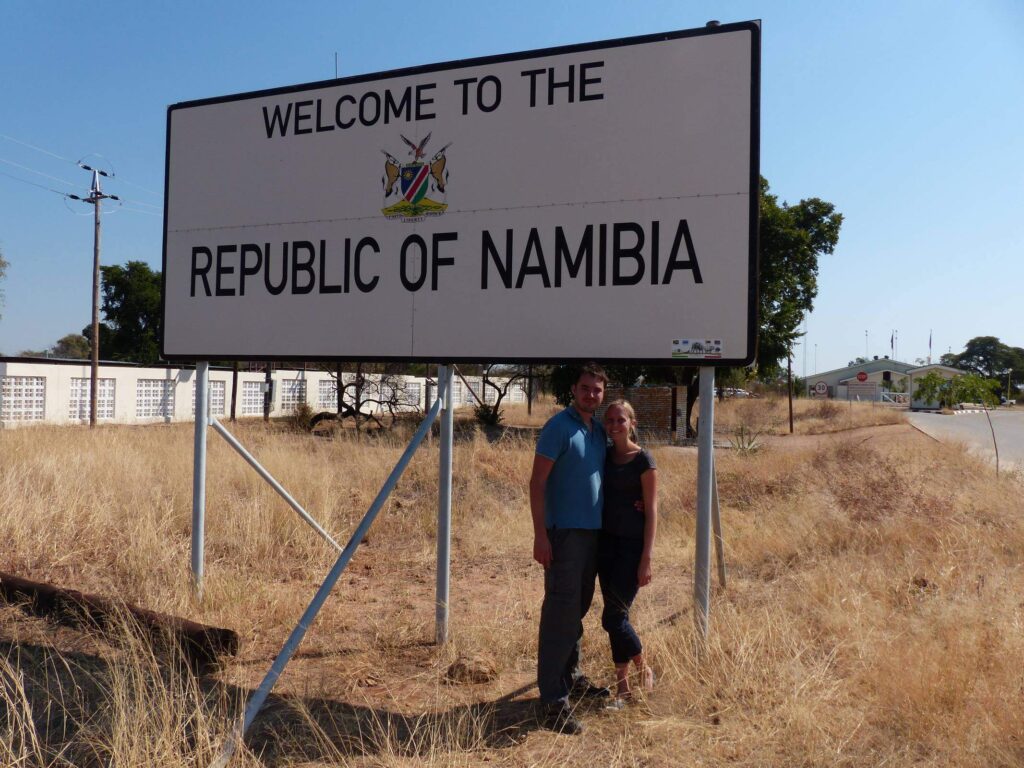
The Caprivi Strip, also known as the Caprivi Panhandle, is a narrow protrusion of Namibia that extends eastward, creating a unique border with Botswana, Angola, and Zambia.
This strip of land was created during colonial times to provide access to the Zambezi River.
The region is rich in wildlife and is home to several national parks, making it a significant area for conservation and tourism.
The Triple Frontier – Germany, Belgium, and the Netherlands
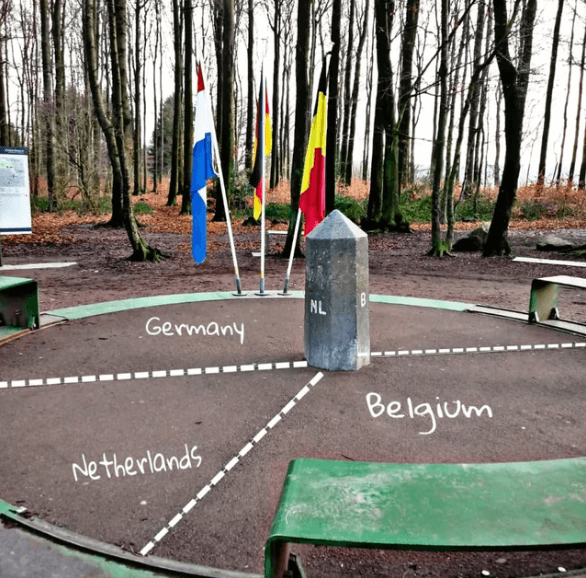
The Vaalserberg, or “Mount Vaals,” is the highest point in mainland Netherlands and a tri-border area where Germany, Belgium, and the Netherlands meet.
This spot is marked by a monument and is a popular tourist destination. Visitors can stand in three countries simultaneously and enjoy panoramic views of the surrounding landscapes.
The area is also known for its labyrinth, adding a fun twist to this geographical point of interest.
The Haskell Free Library and Opera House – United States and Canada
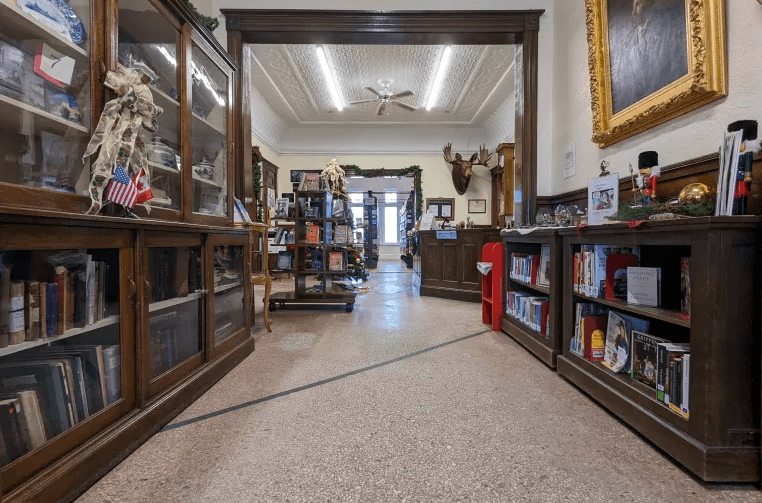
The Haskell Free Library and Opera House is a unique building that straddles the border between Derby Line, Vermont, USA, and Stanstead, Quebec, Canada.
The library was deliberately built on the border so that it could serve communities in both countries. A black line runs through the building, marking the international boundary.
Visitors can enter from either country and cross the border inside the library, making it a fascinating example of cross-border cooperation.
The Danube River – Multiple Countries
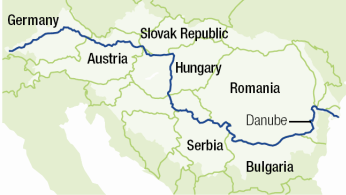
The Danube River is Europe’s second-longest river, flowing through ten countries: Germany, Austria, Slovakia, Hungary, Croatia, Serbia, Romania, Bulgaria, Moldova, and Ukraine.
This river has historically been a crucial waterway for trade and cultural exchange. The Danube acts as a natural border for many of these countries and plays a significant role in their economies and identities.
Conclusion
These borders showcase the diversity and complexity of the world’s geopolitical landscape. From islands separated by time to buildings that span two countries, these fascinating borders highlight the ways in which geography, history, and culture intertwine. Exploring these unique boundaries offers a deeper understanding of the world’s interconnected nature and the stories that shape our global community.







